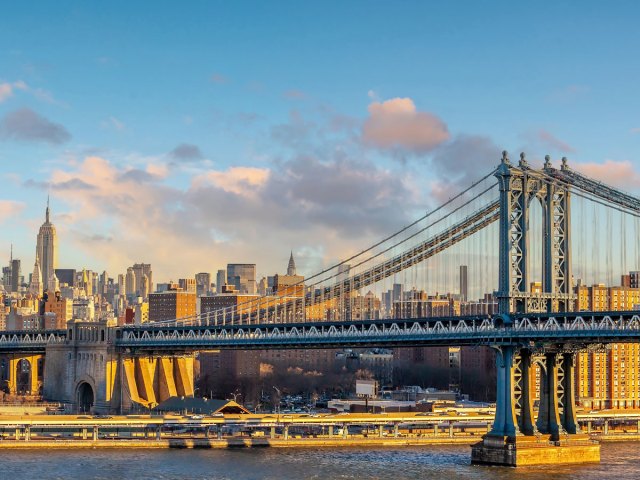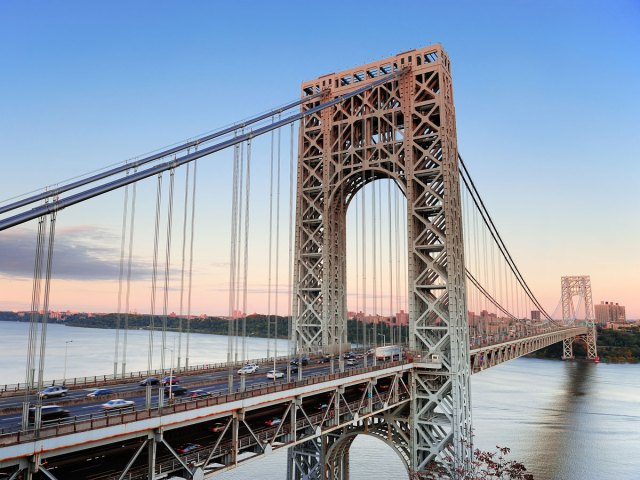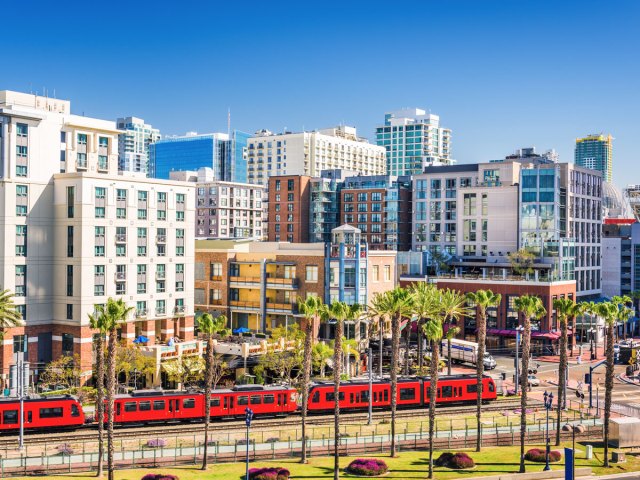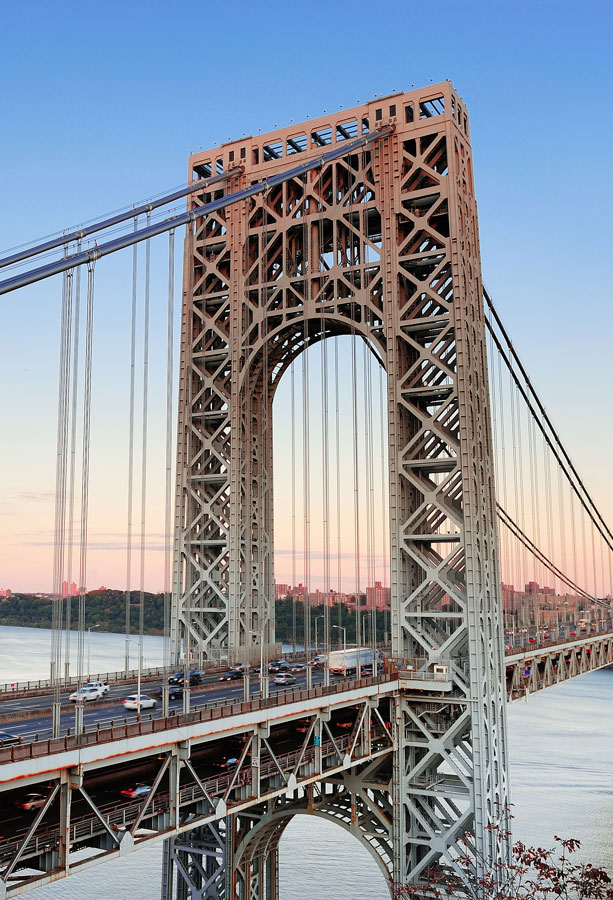In an unprecedented move, New York City is set to become the first city in the U.S. to introduce wide-scale congestion pricing. This plan includes a significant tax on drivers entering southern Manhattan, which aims to cut down on traffic congestion and in turn benefit the environment. Keep reading to learn more about congestion pricing — and what that might mean for visitors and locals alike.
The State of Driving in New York City

There are 789 bridges and tunnels located throughout New York City’s five boroughs, plus over 13,000 iconic yellow taxis roaming its busy streets. Additionally, 45% of New York households own a car, with Staten Island having the highest percentage of car ownership among any borough. Manhattan — where the congestion pricing will take effect — is the most densely populated island in the country, and its roads are consistently packed with vehicles. In a 2022 report, New York City ranked as the most congested city in the country — during peak rush hour, drivers moved at an average speed of just 12 mph. In midtown Manhattan, the average speed of a car was just 4.7 mph in a 2018 study.
What Is Congestion Pricing?

This plan charges drivers a fee for entering Manhattan’s congestion pricing zone, which includes every thoroughfare located below 60th Street, from the Hudson River to the East River on the other side of the island. Local officials hope to raise $1 billion annually from congestion pricing tolls, which will then be reinvested towards improving public transit infrastructure. New York City’s congestion pricing is set to go into effect in the spring of 2024.
What This Means for You

For tourists, getting around New York City will cost the same if you travel through Manhattan by subway or bus. In fact, congestion pricing will hopefully lessen traffic to the point where bus lanes are more free-flowing. However, if you hail a cab, you’ll pay a little more. Taxis will charge an additional $1.25 per ride, while ridesharing apps are set to charge an additional $2.50 per trip.
For tourists and local commuters who rely on their car, it’s a slightly different story. If you enter southern Manhattan from New Jersey or one of the outer boroughs, standard-sized vehicles will be charged $15. Larger vehicles will cost anywhere between $24 to $36, depending on their size, while motorcyclists will pay $7.50.
The good news is that drivers will only be charged once per day between 5 a.m. and 9 p.m. on weekdays, and 9 a.m. to 9 p.m. on weekends. That means even if you’re making multiple trips on any given day, you’ll only be charged a single time. Furthermore, drivers can receive a $5 credit for entering Manhattan through any of the city’s four major tunnels. You can also skirt around paying congestion charges if you remain on FDR Drive or the West Side Highway — the two roads that run along the edges of Manhattan.
Congestion Pricing Around the World

While New York City is the first American city to unveil an entire congestion zone, other cities have tinkered with similar concepts. San Diego, California, introduced congestion lanes back in 1998, which undergo variable 25-cent price increases depending on the amount of traffic. Lee County, Florida, took a different approach, offering discounts for drivers traveling during off-peak hours.
Globally, congestion pricing is a more popular phenomenon. London, England, began charging a congestion fee in 2003, which led to an estimated 15% reduction in traffic, plus a 30% reduction in delays. Stockholm, Sweden, joined the fray in 2006, which resulted in an even greater decrease of 20% to 25% in traffic volume.
However, the concept of congestion pricing began in Singapore, which introduced their system back in 1975. The program was later updated to a fully automatic system in 1998, which laid the groundwork for future congestion pricing schemes. Singapore reduced their traffic by an estimated 13% thanks to the scheme.
More from our network
Daily Passport is part of Inbox Studio, which publishes content that uplifts, informs, and inspires.
















